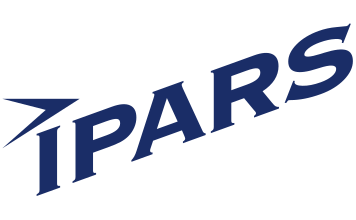Water Leak Detection and Diagnostics
We are Latvia’s most comprehensive water leak detection company, providing a full range of professional diagnostic methods and equipment to locate even the smallest leaks — under floors, inside walls, or underground.
Using modern detection technologies, we can precisely identify leak locations without direct access to the pipe – quickly, safely, and without unnecessary breaking or excavation work.
Acoustic Leak Detection
The acoustic method is one of the most widely used in leak diagnostics.
A ground microphone detects the vibration and sound generated by escaping water, allowing us to pinpoint even the smallest leaks beneath floors or buried pipes.
Additional stethoscope-type devices can be used for direct pipe listening and more accurate localization.
Tracer Gas Method
When a leak cannot be located acoustically or with thermal imaging, the pipe is filled with a tracer gas mixture (5% hydrogen, 95% nitrogen).
The hydrogen escapes through the smallest cracks and is detected by sensitive gas sensors, allowing for high-precision leak localization without destructive work.
Correlation Method
For long or complex water mains, we use correlators that calculate the leak location based on the time difference between sound signals detected at two points.
This method is particularly effective in central and municipal networks.
Noise Logger Monitoring
In larger water supply systems, noise loggers are installed on valves or hydrants to continuously monitor pipeline noise levels.
They help to detect leaks early and provide preventive monitoring of the network’s condition, reducing losses and improving system efficiency.
Pipe Microphone Detection
A pipe microphone is inserted directly into the pipeline to listen from the inside, detecting subtle changes in water flow and system noise.
It is ideal for locations that are deep, difficult to access, or covered by multiple layers.
This method allows us to accurately locate internal leaks without excavation.
Pipeline Localization
Before diagnostics, we always perform pipeline tracing and mapping to determine exact pipe routes.
The chosen detection method is then adapted to the pipe material and diameter, ensuring accurate and efficient results.
